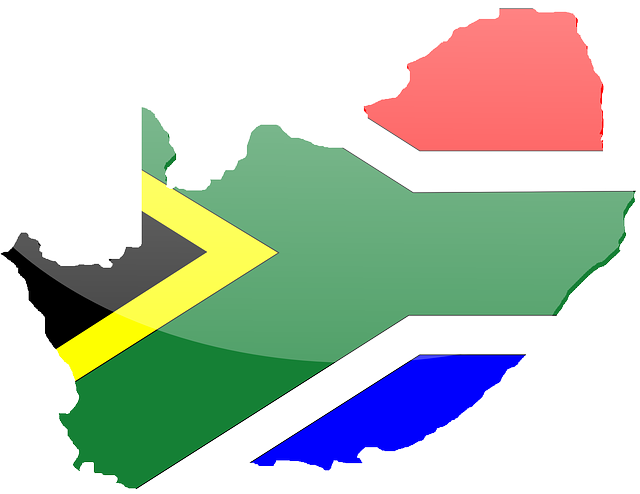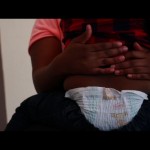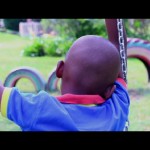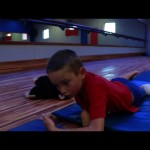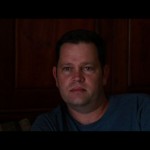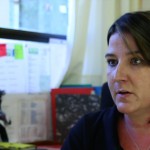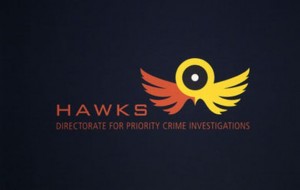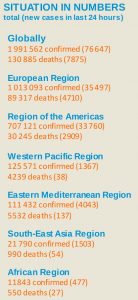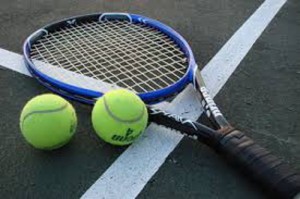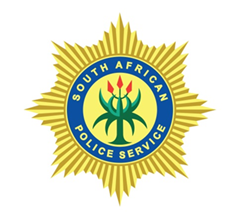Autism experts talk of a global epidemic. One in every fifty children is now diagnosed with the disorder. A few decades ago this disorder was almost unheard of. Triggered in seemingly normal babies and young children, Autism Spectrum Disorder can render a child unable to talk or understand those around them, sensitive to any external stimulation, hyperactive and uncontrollable mood swings, self-harming and self-stimulatory behaviours and other cognitive, social deficits.
The exact causes and triggers of the disorder have been at the centre of much controversy. Genetics seem to play an important role, but not all pre-disposed children will end up autistic. So what then are the triggers? The debate rages on – from immunizations to genetically modified food, from toxins and pollution in the environment to parasites and bacteria in the gut.
Most parents who spoke to Special Assignment said they were given the diagnoses and sent home with their autistic child – either with the advice of finding an institution where they can be cared for or not to raise any hope for their kids to have a normal or integrated life into mainstream society.
“I completely understand parents’ desperation to try absolutely anything. The bottom line is autism cannot be cured. It’s a part of the individual from cradle to grave.” says Sandy Usswald, national director of Autism South Africa.
But there seems to be a growing trend in South Africa with more parents connecting with others around the world and who embark on alternative treatments in the hope to cure or ‘recover’ their children from autism. Some claim success in autism recovery – others say it’s good enough to simply make their children more functional. Most do not accept that their autistic children’s disabilities should render them dysfunctional for the remainder of their lives.
In this week’s episode of Special Assignment we explore these highly unusual and at times controversial treatments that parents of autistic children embark on. From a so-called CD-protocol where a liquid containing chlorine dioxide is diluted with water and given to children in small dosages through-out the day, to a vigorous physical exercise regime called the Doman programme that aims to re-calibrate the child’s neuropaths. While few of these treatments are regulated or officially promoted in South Africa, parents here and elsewhere in the world claim great success.
We also unpack the lack of psycho-social support and institutions willing to take on autistic children who have been abandoned. In one case an 8-year old girl was left abandoned at the Charlotte Maxeke hospital in Johannesburg. Because no safe house was prepared to take her in, she spent two nights at the Hillbrow police station before being taken to the Rahima Moosa hospital where staff tied her to a hospital bed for two months. She has since been taken to one of only a few care centres in the country who specialize in children with disabilities.
Watch “AUTISM – MAKING SENSE OF THE SPECTRUM” produced by Adel van Niekerk and airing this Sunday, 13 March 2016 at 20h30pm on SABC 3.
